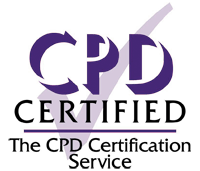26 September 2024
-27 September 2024
In this masterclass you can expect comprehensive coverage on: male and female anatomy, neuroanatomy and physiology, Bladder pain syndrome/ interstitial cystitis, sexual dysfunction, vesicovaginal fistula, complications after stress urinary incontinence surgery, urinary diversion in functional urology.

